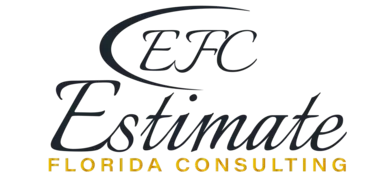How Much Does It Cost To Build a Shed?
The cost of building a shed can vary significantly based on several factors. On average, homeowners can expect to spend approximately $3600, the average cost of $3000. However, total costs typically range from $1200 to $10,800. The size and design of the shed play a crucial role in determining expenses, with smaller, simpler structures costing as little as $480, while larger, more elaborate sheds can exceed $24,000. It’s important to consider regional variations in material costs, as these can significantly influence the overall budget. Whether you’re looking to create a basic storage solution or a customized workspace, understanding these cost factors is essential for effective planning and budgeting for your shed construction project.
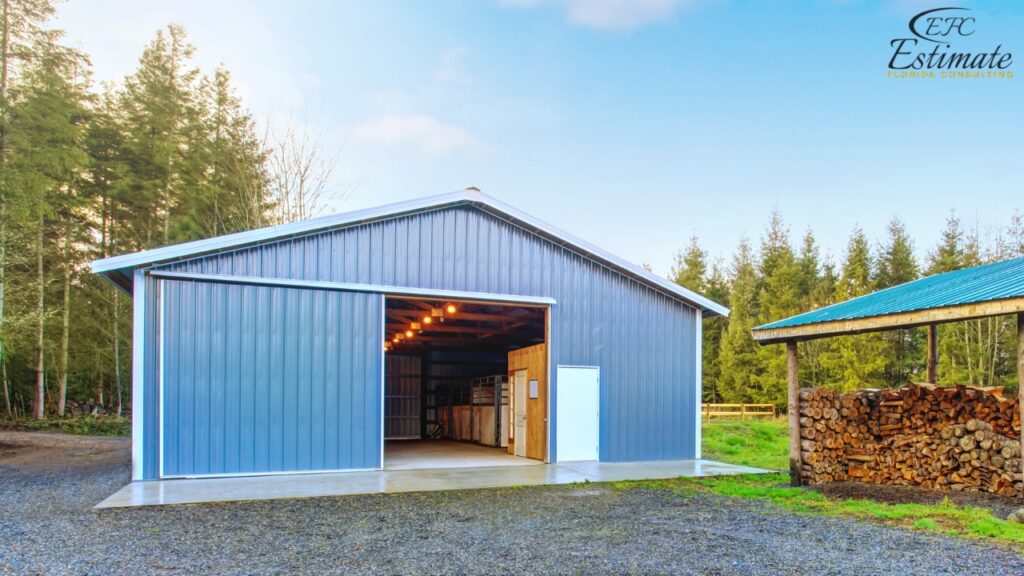
SHED SIZE | PRICES START AT |
6×4 (24 sq. ft) | $540 |
8×6 (48 sq. ft) | $1056 |
8×8 (64 sq. ft) | $1512 |
8×10 (80 sq. ft) | $1980 |
10×10 (100 sq. ft) | $2328 |
10×12 (120 sq. ft) | $2712 |
12×12 (144 sq. ft) | $3216 |
10×16 (160 sq. ft) | $3648 |
12×16 (192 sq. ft) | $4344 |
10×20 (200 sq. ft) | $4968 |
12×20 (240 sq. ft) | $5736 |
16×24 (384 sq. ft) | $6240 |
Factors Affecting the Cost of Building a Shed
Building a shed involves numerous considerations that influence its overall cost. These factors play crucial roles in determining the total expenses and should be carefully evaluated during the planning stages of your project. Here’s a detailed look at nine key factors:
- Size of the Shed: The size of the shed directly impacts costs. Larger sheds require more materials and typically involve higher labor costs for construction.
- Types of Building Materials: The choice of materials significantly affects both the cost and durability of the shed. Common materials include wood, metal, vinyl, and composite materials, each with varying price points and maintenance requirements.
- Labor Costs: Labor expenses vary based on factors such as location, the complexity of the shed design, and the skill level required for construction. Custom designs or intricate detailing often require more specialized labor, increasing overall costs.
- Land Preparation: Preparing the site where the shed will be installed involves costs for clearing vegetation, leveling the ground, and ensuring proper drainage. The complexity of land preparation depends on the existing terrain and vegetation.
- Type of Foundation: The choice of foundation—such as concrete slab, gravel, or skids—impacts both the cost and longevity of the shed. Factors like soil conditions and local building codes influence this decision.
- Permit Costs: Depending on local regulations, obtaining permits for shed construction may be necessary. Permit fees vary by location and can add to the total project cost.
- Utilities: If the shed requires electricity, plumbing, or other utilities, additional costs will be incurred for installation. This includes wiring, plumbing connections, and possibly trenching for utility lines.
- Shed Style: The architectural style and design complexity affect costs. Basic designs with simple rooflines and standard features are generally more economical than custom-designed sheds with multiple windows, doors, and decorative elements.
- Custom Design or Prefab Kit?: Choosing between a custom-designed shed and a prefabricated kit impacts costs and construction timelines. Prefabricated kits come with pre-cut materials and instructions, simplifying assembly but potentially limiting design flexibility.
What Size Shed Do You Need?
Selecting the appropriate size for your shed involves considering multiple factors to ensure it fulfills your requirements effectively. Here’s a detailed exploration of factors influencing shed size selection:
- Intended Use: Begin by defining the shed’s purpose. Whether it’s for storage, a workshop, gardening tools, or equipment housing, the intended use dictates the necessary size. A workshop with machinery, for example, requires more space than a simple storage shed.
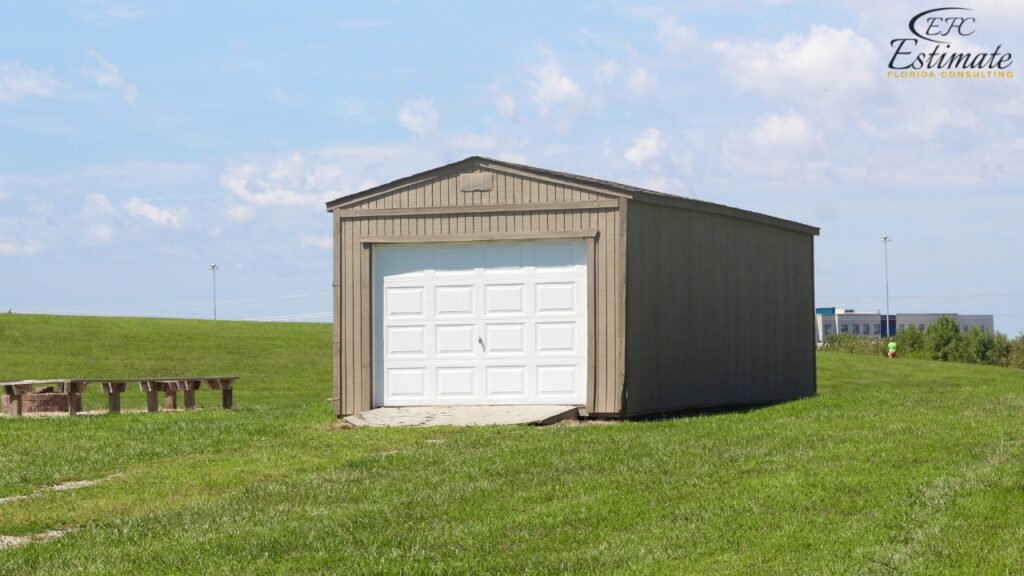
- Available Space: Evaluate the dimensions of the available area on your property where the shed will be placed. Measure carefully, accounting for setbacks, easements, and proximity to other structures. Ensure the chosen size fits comfortably within the space without violating local zoning regulations.
- Budget: Your budget is a critical factor in determining shed size. Considering a 20% increase, align your budget with your size requirements and desired features. Most homeowners now spend between $1,200 and $10,800 on shed construction, factoring in materials, labor, and additional features.
- Local Regulations: Verify local building codes and zoning regulations before finalizing shed dimensions. Regulations often stipulate maximum height, setbacks from property lines, and overall footprint. Compliance ensures smooth permitting and avoids potential penalties.
- Cost Considerations: While the average shed cost varies widely, from $1,200 to $10,800 post-increase, actual expenses hinge on size, materials, design complexity, and regional labor rates. Larger sheds typically incur higher costs due to increased material needs and construction complexity.
- Customization: Factor in any desired extras or customization, such as shelving, windows, doors, insulation, and flooring options. These additions affect both shed size requirements and overall project expenses.
Additional Building Materials
Apart from the exterior, which typically involves siding or cladding materials, constructing a shed also requires careful consideration of other essential materials. The wood frame forms the structural skeleton of the shed, providing support and shape. This frame is often made from pressure-treated lumber to resist rot and termite damage, ensuring the longevity of the shed. Choosing the right wood and ensuring proper assembly are crucial for the shed’s stability and durability over time.
The roof of the shed is another critical component, protecting the interior from the elements. Besides asphalt shingles, which are popular for their affordability and ease of installation, other options like metal roofing are gaining popularity due to their longevity and low maintenance. Metal roofing, while durable, often requires professional installation to ensure proper sealing and weatherproofing.
Interior walls are necessary if the shed is to be divided into separate spaces or rooms. These walls typically use construction lumber, such as 2x4s, which are sturdy and cost-effective. The choice between metal and wooden interior walls depends on the shed’s intended use and aesthetic preferences. Proper insulation and finishing of interior walls contribute to both comfort and structural integrity.
Walls
The choice of wall material can significantly impact the shed’s functionality and aesthetic appeal. Metal walls are an excellent option for those seeking durability and minimal maintenance. They serve both as the exterior cladding and interior surface, reducing the need for additional materials and labor. However, if a more traditional look or additional insulation is desired, interior walls made of construction lumber become necessary. Installing interior walls involves framing, insulating, and finishing, adding both material and labor costs to the project.
The cost of installing interior walls in a shed typically ranges between $4.67 and $7.32 per square foot, depending on the materials used and complexity of the installation. Factors such as electrical wiring and plumbing may also influence wall construction, requiring additional planning and budgeting.
Get 5 New Leads Next 7Days With Our System
- Multi-Family Building
- Hotel Building
- Hospital Building
- Warehouse Building
- High-Rise Building
- Shopping Complex
Roofing
Choosing the right roofing material is crucial for protecting the shed from weather conditions and ensuring long-term durability. Asphalt shingles remain the most popular choice due to their affordability, ease of installation, and availability in various colors and styles. They provide adequate protection against rain and snow, making them suitable for most shed applications.
Metal roofing is becoming increasingly popular for sheds due to its durability and resistance to fire, rot, and pests. While more expensive upfront, metal roofs can last significantly longer than asphalt shingles with minimal maintenance. However, installing metal roofing requires specialized tools and expertise, often necessitating professional installation to ensure proper sealing and weatherproofing.
The average cost of roofing a shed ranges from $1.16 to $6.25 per square foot, including labor costs. DIY installation can reduce expenses, but it requires careful attention to safety and manufacturer guidelines to avoid future leaks or damage.
Foundation
The foundation of a shed is critical for maintaining structural integrity and longevity. Various options exist, depending on factors such as soil type, shed size, and local building codes. Common foundation types include concrete blocks, timber frames, concrete slabs, and skids. Each has its advantages in terms of cost, durability, and ease of installation.
Concrete slabs provide a solid and stable base but require professional pouring and leveling, increasing initial costs. Skids, made from pressure-treated lumber, are a more economical option suitable for smaller sheds or temporary structures. Timber frames and concrete piers offer stability in diverse soil conditions but may require more extensive preparation and labor.
The average cost of a shed foundation ranges from $4 to $16 per square foot, depending on the chosen material and whether professional installation is required. DIY installation can save costs but demands careful planning and adherence to local building codes to ensure the shed’s stability and compliance with regulations.
What Are The Different Types Of Materials You Can Use To Build A Shed?
When considering building a shed, the choice of materials significantly influences both the cost and the characteristics of the structure. Here are some of the most common materials used:
Brick
Brick is renowned for its durability and classic aesthetic appeal. A brick shed is highly durable, fire-resistant, and requires minimal maintenance over its lifespan. It provides excellent insulation against both heat and cold, making it suitable for various climates. However, building with brick requires skilled labor due to the precision needed in laying bricks and ensuring structural integrity.
Despite its advantages, brick is among the most expensive shed building materials. The cost can range significantly depending on factors such as design complexity and local labor rates, with prices often exceeding $36,000 for a custom-built brick shed.
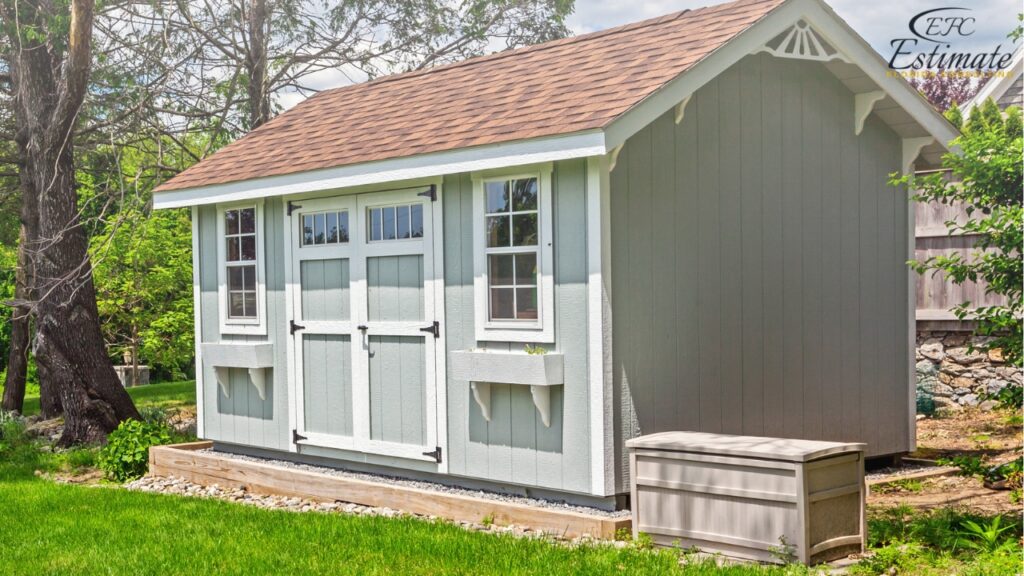
Wood
Wood remains a popular choice for sheds due to its natural beauty and versatility. A wood-framed shed blends seamlessly into garden environments, offering warmth and charm. It allows for easy customization in terms of design and can be painted or stained to match any aesthetic preferences. However, wood requires regular maintenance to protect against moisture, rot, and insect damage, which can include periodic staining or painting and ensuring proper ventilation.
The cost of building a wooden shed is generally lower compared to brick, averaging around $7,200 for a standard-sized structure. This cost can vary based on the type of wood chosen, with hardwoods being more expensive than softwoods, and additional costs for finishes and treatments.
Metal
Metal sheds are valued for their durability and low maintenance requirements. They are resistant to pests, rot, and fire, making them a practical choice for many homeowners. Metal sheds are typically made from galvanized steel or aluminum, offering longevity and strength. However, their stability in extreme weather conditions, such as heavy snow or high winds, may be a concern, depending on the shed’s design and anchoring.
The cost of a metal shed is generally lower than wood or brick, averaging around $5,400 for a basic model. Factors influencing cost include the gauge and quality of the metal used, additional features like insulation or ventilation, and any installation costs if professional assistance is required.
Concrete
Concrete sheds are prized for their exceptional durability and security. They offer a stable and long-lasting solution, ideal for storing valuable equipment or as a workshop. Concrete sheds are resistant to fire, pests, and adverse weather conditions, providing low maintenance over their lifetime. However, constructing a concrete shed is labor-intensive and requires specialized skills and equipment for forming, pouring, and finishing the concrete.
The cost of a concrete shed is higher due to the materials and labor involved, averaging around $18,000 for a custom-built structure. This cost can vary widely based on the shed’s size, design complexity, and site preparation requirements, such as excavation and foundation work.
Vinyl
Vinyl sheds offer a low-maintenance alternative to wood, replicating the look of wood without its susceptibility to moisture, insects, and rot. Vinyl sheds are lightweight yet durable, requiring minimal upkeep such as occasional cleaning. They are available in various sizes and styles, often featuring molded panels that mimic the texture of wood grains.
The cost of a vinyl shed is generally economical, averaging around $2,400 for a basic model. This affordability, combined with its durability and ease of maintenance, makes vinyl an attractive option for homeowners seeking a practical storage solution without the upkeep demands of traditional wood.
Building Permit Costs
Building permits for sheds are contingent upon municipal regulations. Typically, sheds above a specific size necessitate a permit, making it essential to verify with your local building department before commencing construction.
Regarding cost, national averages indicate that permits for small projects typically range from $60 to $360. For larger projects, such as sheds exceeding specified dimensions, permit fees can range from $600 to $2,400. In most instances, sheds are categorized as small projects under these guidelines.
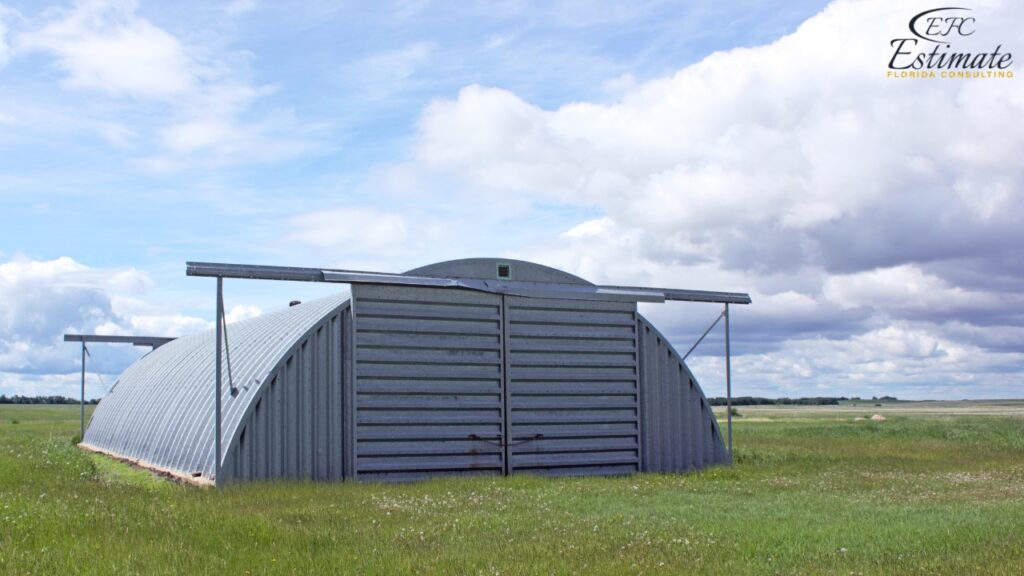
How Much Does It Cost To Build The Different Types Of Sheds?
Building a shed involves choosing from various types and construction methods, whether through professional installation or using prefabricated shed kits.
Storage Shed
A storage shed is essential for homeowners needing extra space to store items like bikes or sports equipment, particularly due to high home construction costs per square foot. These sheds often feature sturdy construction with options for multiple wall shelves, making them versatile for organizing tools and supplies. They can also serve as a workshop area for DIY projects. Costs for building a storage shed range widely, from approximately $360 to $25,920, depending on factors such as size, materials (including durable options like pressure-treated wood or metal), and any additional features like windows or insulation.
Playhouse Shed
A playhouse shed serves as a charming outdoor play area for children, providing a dedicated space for imaginative play and activities. Typically sized around 5 feet by 5 feet to accommodate small groups of children comfortably, these sheds require safety-focused design considerations such as child-friendly door modifications and non-toxic finishes. Due to their smaller size and simpler construction needs, playhouse sheds are cost-effective to build, averaging between $1,728 to $2,592, depending on materials used (such as child-safe paints or stains) and any decorative elements like themed exterior finishes.
Home Office Shed
Designed for remote work or creative pursuits, a home office shed offers a private and professional environment separate from the main house. Similar to a “she-shed” but optimized for productivity, these sheds typically include insulation, electrical wiring for lighting and electronics, and interior finishes like drywall or paneling. Costs for a home office shed range from approximately $6,912 to $17,280, depending on size, level of insulation (to ensure year-round comfort), quality of finishes, and any additional features such as built-in shelving or customized furniture.
She Shed/Man Cave
Popular for leisure and relaxation, she sheds or man caves are personalized retreats within the backyard. These sheds often feature additional windows or doors to enhance natural light and ventilation, creating a comfortable space for hobbies or entertaining. Interior finishes may include drywall for a polished look or rustic paneling for a cozy atmosphere. Costs for building a she shed or man cave range from approximately $8,640 to $25,920, depending on size, complexity of design, choice of materials (such as weather-resistant siding or high-quality flooring), and amenities like heating or plumbing for added convenience.
Modern Shed
Modern sheds emphasize contemporary design aesthetics and functionality, offering homeowners greater control over customization. These sheds are characterized by sleek lines, minimalist features, and premium materials such as metal or composite siding. Costs for a modern shed typically range from $43 to $57 per square foot, reflecting the higher-quality materials and architectural detailing involved. This cost structure allows for innovative design options, energy-efficient features (such as insulated glass windows or solar panels), and durable finishes that complement modern home styles.
Garden Shed
Compact and practical, garden sheds provide storage solutions for gardening tools, supplies, and equipment without occupying significant backyard space. These sheds are designed with accessibility in mind, featuring cabinet doors to conceal shelves or racks for easy organization. They can be standalone or attached to existing structures like garages or fences for added stability. Costs for a garden shed range from approximately $172 to $1,728, depending on size, materials (such as weather-resistant wood or vinyl), and any customization for specific gardening needs (such as built-in potting benches or storage for bulky equipment).
How Much Will Labor Cost?
When considering the cost of building a shed, labor expenses depend on your approach: do-it-yourself (DIY), partial assistance, or hiring a professional contractor. Each option offers different cost implications and levels of involvement.
If you opt to handle all the construction yourself or with the help of friends and family, labor costs can be minimized to your time and effort. This approach allows for full control over the shed’s construction, ensuring it meets your exact specifications. However, DIY projects require careful planning and adherence to safety standards, including arranging necessary inspections to comply with local regulations.
On the other hand, if you prefer to delegate the project, hiring a professional contractor is advisable. A contractor manages all aspects of the shed’s construction, including safety protocols and obtaining required inspections. Should any issues arise during inspections, the contractor is responsible for addressing them to ensure compliance. When selecting a contractor, it’s essential to verify their credentials, such as licensing and insurance coverage. Checking online reviews or obtaining referrals from previous clients can help ensure you hire a reputable and qualified professional for the job.
Deciding between DIY or hiring a contractor depends on your expertise, available time, and budget. While DIY offers cost savings and creative control, hiring a professional ensures expertise and compliance with building standards, providing peace of mind throughout the construction process.
Which Approach is Best for You When Building Your Shed?
When undertaking your shed building project, you have two primary approaches to consider.
Prefab Shed Kit
A prefab shed kit provides all necessary materials and detailed instructions for constructing the shed. This option offers convenience as everything is included, sparing you the effort of sourcing materials individually. However, there are drawbacks to consider. Prefab kits can be more expensive compared to sourcing materials independently or using plans. If you opt to hire a professional for assembly, costs can escalate further. Another consideration is that mistakes during assembly may require purchasing additional materials. Additionally, prefab kits often do not include a foundation, necessitating a separate purchase and installation, either DIY or professionally.
The cost of prefab shed kits varies widely, ranging from approximately $288 to $43,200 on average.
Download Template For Driveway Project Breakdown
- Materials list updated to the zip code
- Fast delivery
- Data base of general contractors and sub-contractors
- Local estimators
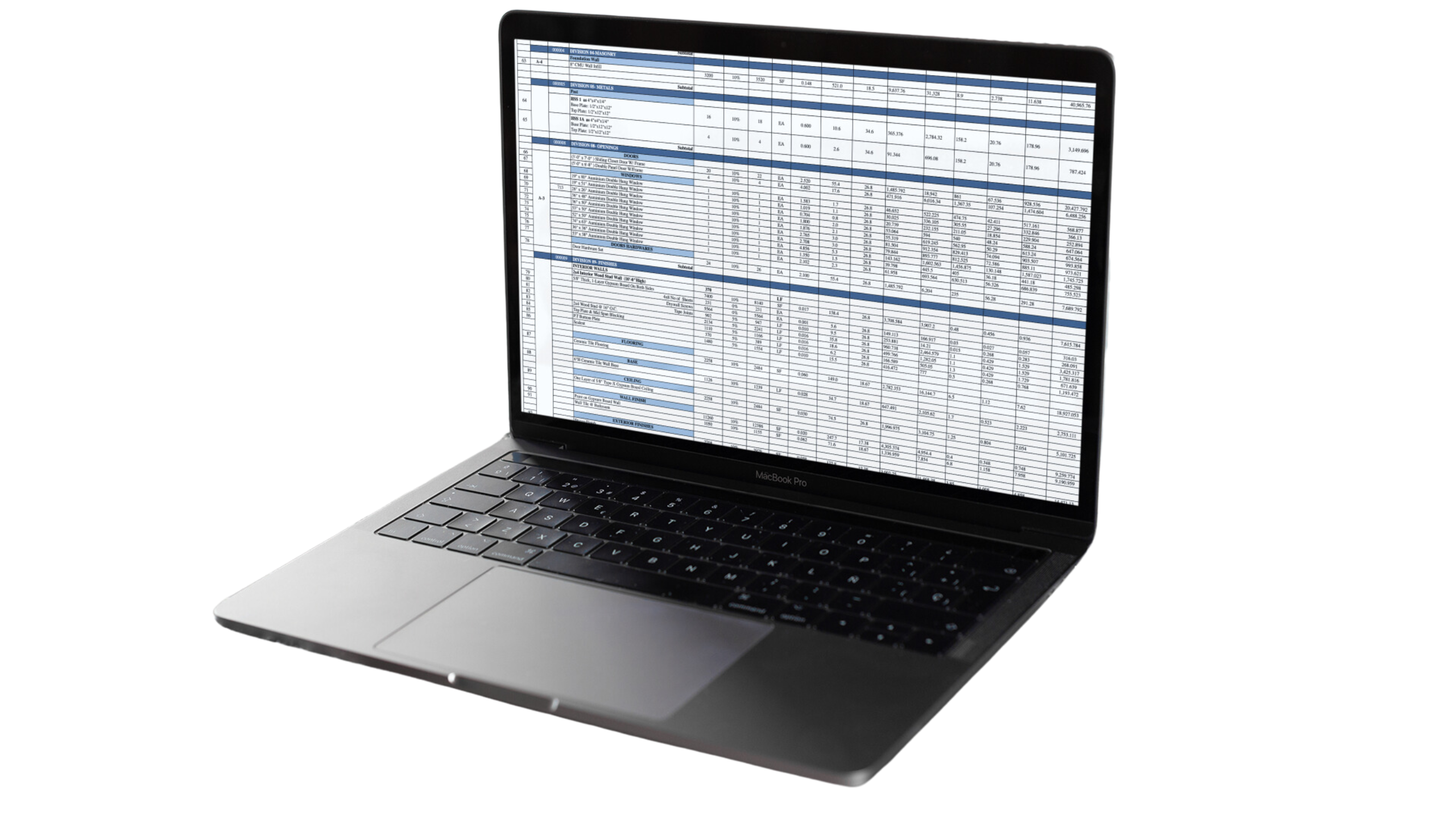
Shed Plans
Alternatively, you can choose shed plans, which provide comprehensive building instructions, a materials list, and step-by-step illustrations. Free shed plans are available, offering a budget-friendly option for skilled DIY enthusiasts. For those seeking more detailed guidance and customization options, premium shed plans can be purchased for under $29. These plans typically include detailed illustrations for each construction step, comprehensive materials and cut list, tool requirements, fastening elements, and technical support.
Using shed plans simplifies the building process, allowing you to follow detailed instructions to construct your shed. By purchasing materials independently, you can potentially save costs by shopping around for the best prices. Moreover, with shed plans, you have the flexibility to make modifications to suit your preferences throughout the construction process.
Conclusion
Building a shed involves various considerations that impact overall costs significantly. On average, homeowners can expect to spend approximately $4,320 post-increase for shed construction, with typical costs ranging from $1,440 to $12,960. Factors such as shed size, materials chosen (including durable options like pressure-treated wood or metal), and customization needs greatly influence expenses. Regional variations in material costs and labor rates also play crucial roles. Whether you’re aiming for a basic storage solution or a customized workspace, understanding these cost factors is essential for effective planning and budget management. By carefully assessing your requirements and exploring the diverse options available—from prefab kits to tailored shed plans—you can ensure your shed project meets both functional needs and budgetary considerations.
FAQs
The cost of building a shed can vary significantly depending on several factors. On average, homeowners can expect to spend approximately $4,320. However, costs typically range from $1,440 to $12,960. Factors influencing costs include shed size, materials chosen (such as pressure-treated wood or metal), and customization needs. Regional variations in material costs and labor rates also play significant roles in total expenses.
Selecting the appropriate shed size involves considering factors like intended use, available space on your property, budget, and local regulations. Shed sizes can range from small, economical options like 6×4 feet ($540) to larger structures such as 16×24 feet ($6,240).
Factors Affecting the Cost of Building a Shed Building a shed involves several factors that impact overall costs:
- Size of the Shed: Larger sheds require more materials and labor.
- Types of Building Materials: Choices like wood, metal, or vinyl affect cost and durability.
- Labor Costs: Vary based on location and complexity of the shed design.
- Land Preparation: Costs for site clearing, leveling, and drainage.
- Type of Foundation: Options include concrete slab, gravel, or skids, each with different costs.
- Permit Costs: Necessary permits vary by location and shed size.
- Utilities: Costs if the shed requires electricity, plumbing, or other utilities.
- Shed Style: Simple vs. custom designs impact expenses.
- Custom Design vs. Prefab Kit: Custom designs offer more flexibility but may cost more than prefab kits.
Additional Building Materials Aside from exterior materials, essential shed components include:
- Wood Frame: Provides structural support; often pressure-treated for durability.
- Roofing: Options like asphalt shingles or metal affect cost and longevity.
- Interior Walls: Important for dividing space; materials vary based on shed’s use.
Common shed building materials include:
- Brick: Durable and fire-resistant, but expensive to build.
- Wood: Natural and customizable, requiring maintenance against moisture and insects.
- Metal: Durable and low-maintenance, but may require anchoring for stability.
- Concrete: Extremely durable and secure, but labor-intensive and costly.
- Vinyl: Low-maintenance alternative to wood, replicating its look without the upkeep.
Building Permit Costs Permit costs for sheds vary by size and location, ranging from $60 to $2,400 depending on municipal regulations.
Costs vary by shed type:
- Storage Shed: $360 to $25,920, depending on size and materials.
- Playhouse Shed: $1,728 to $2,592, designed for children’s play.
- Home Office Shed: $6,912 to $17,280, optimized for work or creative space.
- She Shed/Man Cave: $8,640 to $25,920, personalized retreats for leisure.
- Modern Shed: $43 to $57 per square foot, emphasizing contemporary design.
- Garden Shed: $172 to $1,728, compact storage for gardening tools.
How Much Will Labor Cost? Labor costs vary based on DIY vs. professional construction:
- DIY: Minimized to personal effort and time.
- Professional: Costs include labor, safety compliance, and potential inspections.
Consider prefab shed kits or shed plans:
- Prefab Shed Kit: Convenient but may incur higher costs and require additional materials.
- Shed Plans: Offer detailed instructions for DIY construction, potentially saving costs.
Google Reviews

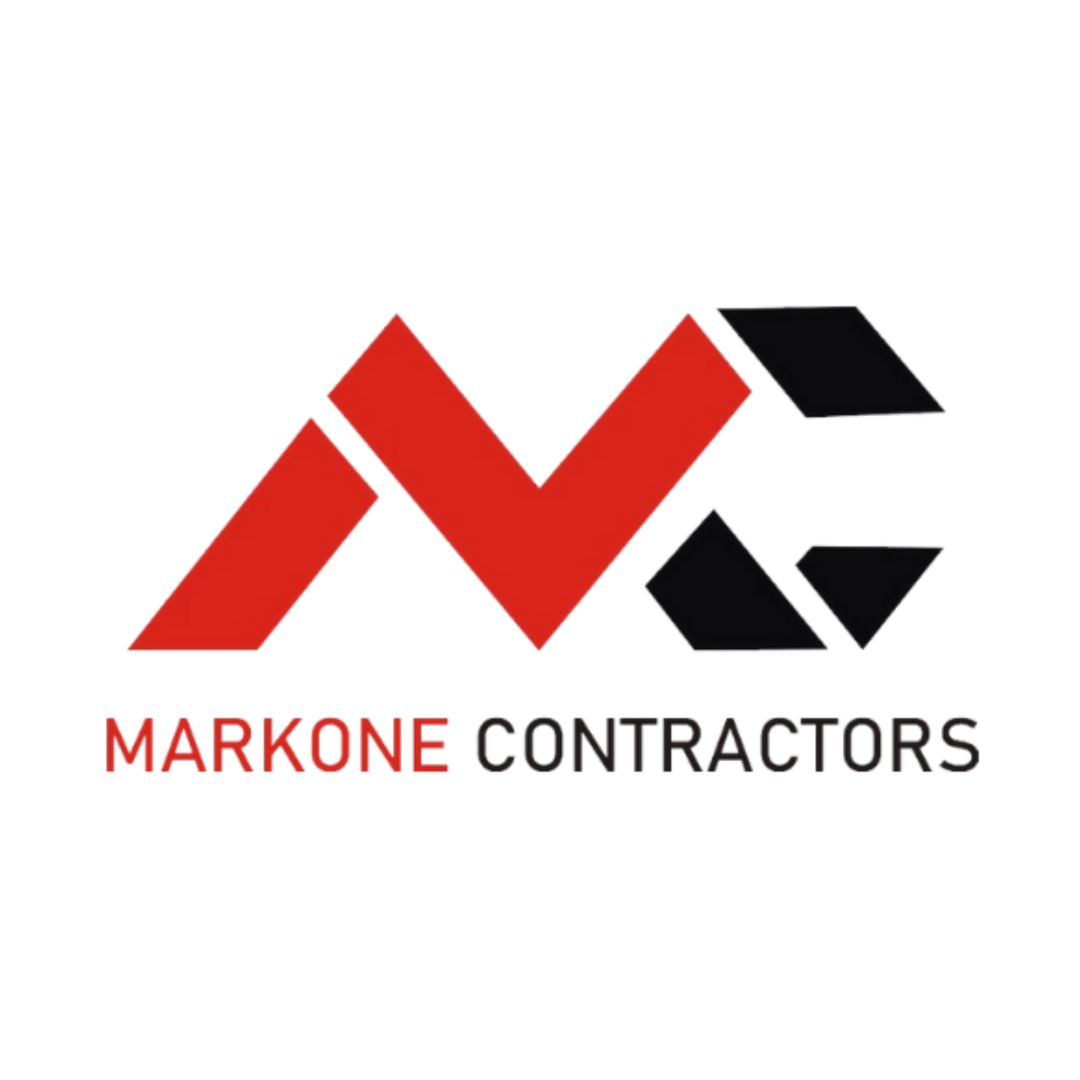
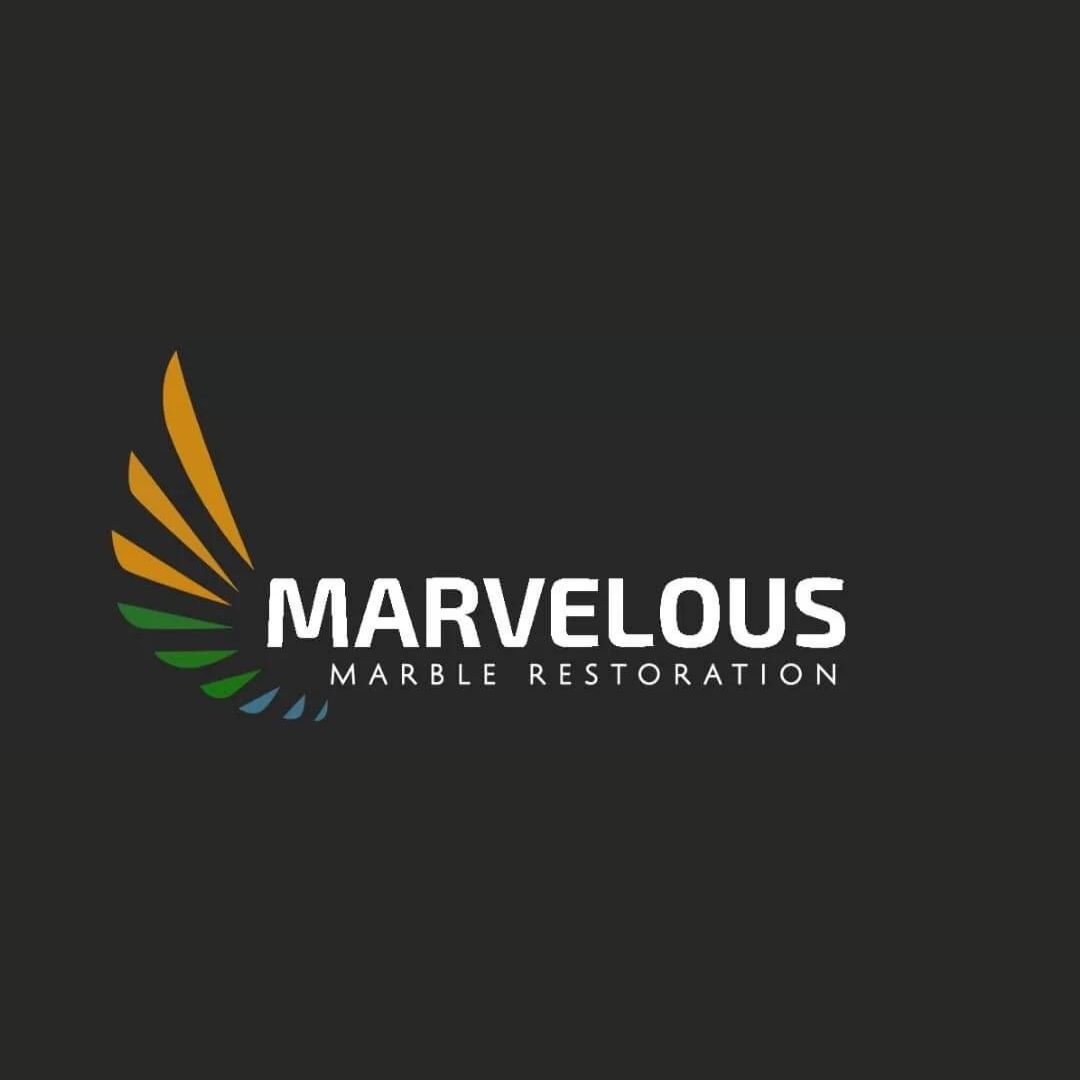
Process To Get New Driveway Cost Estimate Report
Here I am going to share some steps to get new driveway cost estimate report.
-
You need to send your plan to us.
You can send us your plan on info@estimatorflorida.com
-
You receive a quote for your project.
Before starting your project, we send you a quote for your service. That quote will have detailed information about your project. Here you will get information about the size, difficulty, complexity and bid date when determining pricing.
-
Get Estimate Report
Our team will takeoff and estimate your project. When we deliver you’ll receive a PDF and an Excel file of your estimate. We can also offer construction lead generation services for the jobs you’d like to pursue further.

